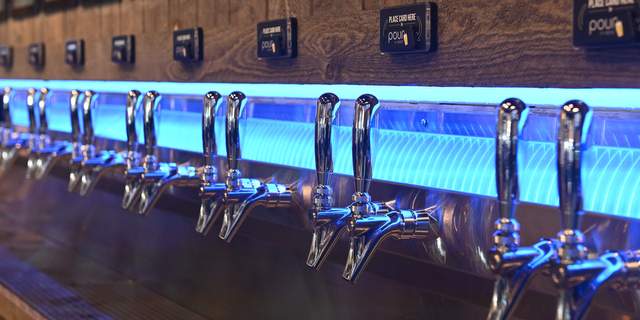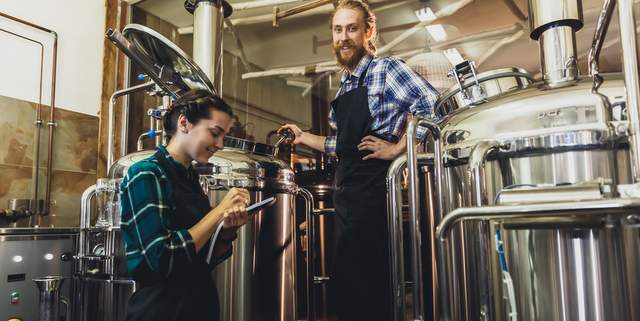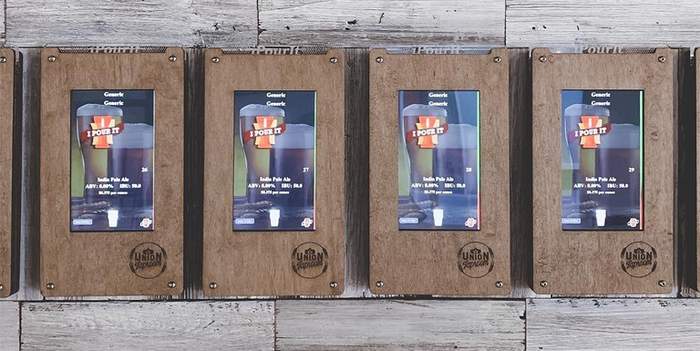The thought in the headline crossed my mind, and then we were sent this video from the PourMyBeer people making the case. The cartoons in the video are able to:
- Maintain social distancing, utilize sanitization stations for gloves or wipes
- Remove congestion around a more typical bar setup and maximizing available space for revenue.
- Reduce the need for face-to-face interaction with employees and customers.
Some interesting points for sure. Some counter arguments off the top of my head would be:
- Most studies show the virus is transmitted much more through the air than via touch/surface transmission. So, reducing touchpoints isn’t enough to totally change your business model, to me (and those cartoon characters clearly didn’t get the memo on the importance of masks).
- Encouraging distance and reducing bar congestion and the number of face-to-face interactions with employees is more convincing. But then again there are other sales concepts that minimize this by mostly just adding a tablet and some protective barriers.
- Extra space could maximize revenue, but reduced contact with servers, while maybe safer, could hurt the intangible value of the brewery as a community center. Secret Hopper data supports the idea that friendly customer interaction is a sure way to boost bar tabs.
Much of the appeal of self-serve alcoholic beverage dispensing technology is linked to three major benefits — reduced waste, improved consumer choice (and sales) and lower labor costs (as bars and restaurants can reduce staff since consumers would be serving themselves to some degree), but with pros also come some cons — the initial high cost, extra maintenance (like checking flow meter accuracy), dispensing limits for customers and the idea that craft beer might need some education (say from a waitress or bartender).
But if self-pour technology is allowed in your area, it is something to consider for sure. It’s a concept we’ve explored a few times. According to one such previous article, PourMyBeer said it can save restaurants and bars an average of $142 per keg.
The average cost of a keg is $150, and the avgerage markup is four to five times the cost equaling $600 to $700 in sales per keg. Most bars only sell 77 percent of every keg. This means that they are literally losing 23 percent of their inventory to waste, theft loss, etc. This is because there’s no mechanism in the process that ties pours to sales. With the PourMyBeer system, the only cards that work at the taps and the only way to pour a beer is to have a credit card tied to the RFID card. This translates to selling 98 percent of every keg vs. 77 percent. The 21 percent increase in what they sell works out to roughly $142 more dollars of sales and profit from every keg.
As a general concept, for the right brand, self-pour is a pass. But as specific solution to be safer inside a public place during the pandemic? Eh. I’m not convinced. Stick to patio beers, masks, to-go sales and some reworked ordering strategies. What about you? Sound off below.





Brendan O'Leary says
How can you trust every person before you to follow all the rules required to make this safe? A bunch of people touching the same thing is never the safer solution.
Franksville Craft Beer Garden says
Self-Service is NEVER a good idea in our opinion, let alone during Covid.